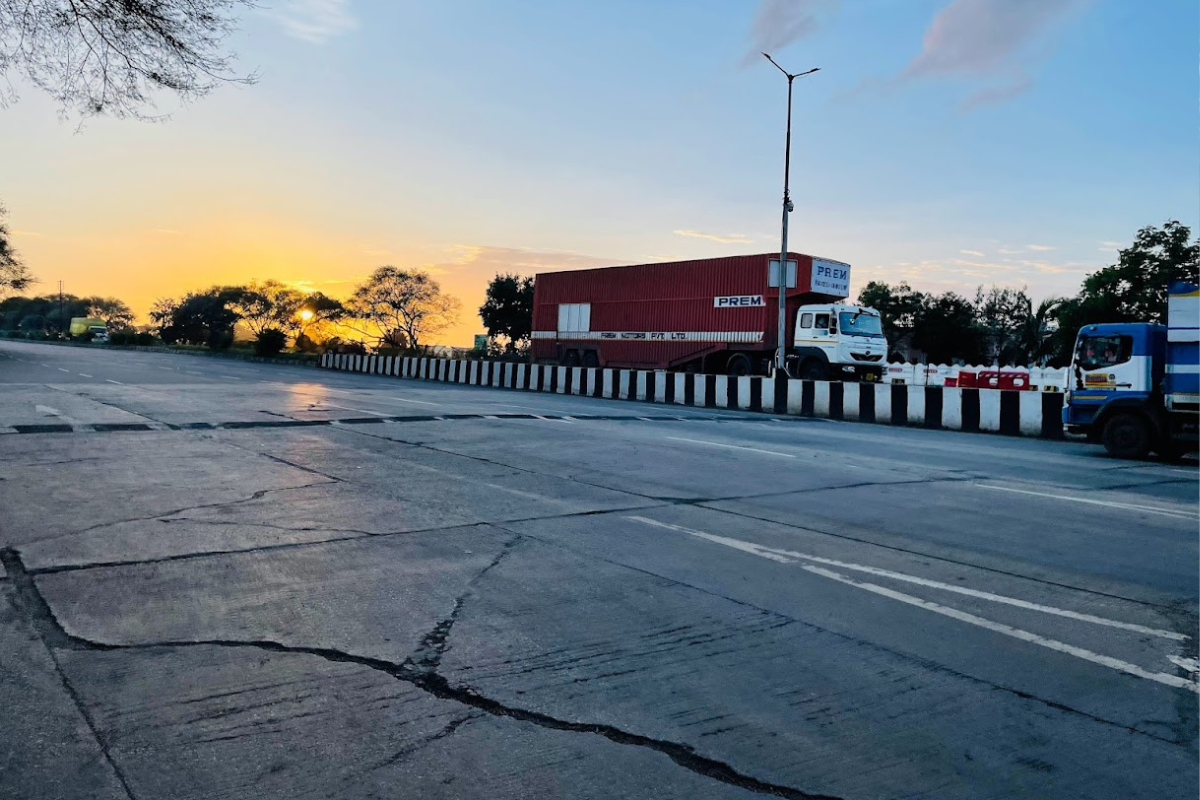Madhya Pradesh recorded large swings in Rabi-season stubble burning between 2022 and 2025. The state logged about 25,385 incidents in 2022, fell through 2023–24, then surged to roughly 31,413 in the April–May window of 2025.
The lead driver is burning after the wheat harvest. Farmers set crop residue alight to clear fields quickly for the next crop. Satellite monitoring detects these fires in concentrated bursts during April and early May each year.
Yearwise stubble burning cases
| Year | Rabi-season stubble burning cases |
|---|---|
| 2022 | 25,385 |
| 2023 | 17,142 |
| 2024 | 12,345 |
| 2025 | 31,413 |
The rise in 2025 stands out. The count more than doubled from the previous year. Field reports show most fires occurred in April and early May, when wheat harvesting peaks across the central and western parts of the state.
Vidisha, Indore, Dewas, and nearby districts reported the most frequent clusters. Many of these areas have a large share of wheat farmers who depend on quick field turnover. Local officers say this pushes some farmers toward burning, even as penalties increase.
Officials in Indore reported a series of fines and FIRs after hundreds of fires were detected within a short period. District teams carried out field visits and issued penalties that added up to several lakh rupees. Similar actions were taken in parts of Vidisha and Sehore, where village-level squads were sent out during peak burning hours.
Farmers say machines like straw management systems and balers are limited or too costly to rent during peak demand. Some reported long waiting times. Others said the distance between villages and machine rental points adds fuel and transport costs. These gaps leave many without a workable option in the short window between harvest and sowing.
Health effects have also become more visible. Residents in areas with high fire counts reported a rise in breathing trouble during peak days. Local clinics saw a jump in respiratory complaints. Short bursts of smoke can push particulate levels upward, especially on warm afternoons when fires spread quickly across dry fields.
The swing from 12,345 cases in 2024 to more than 31,000 this year has renewed debate on the state’s approach. The data shows a clear pattern: without steady support, the pressure of quick field clearing continues to drive farmers toward burning.
Support us to keep independent environmental journalism alive in India.
Keep Reading
Elephants Are Back in MP After a Century, But Can They Stay?
Solar Energy – A Paradigm Shift in Wildlife Conservation
Stay connected with Ground Report for underreported environmental stories.









